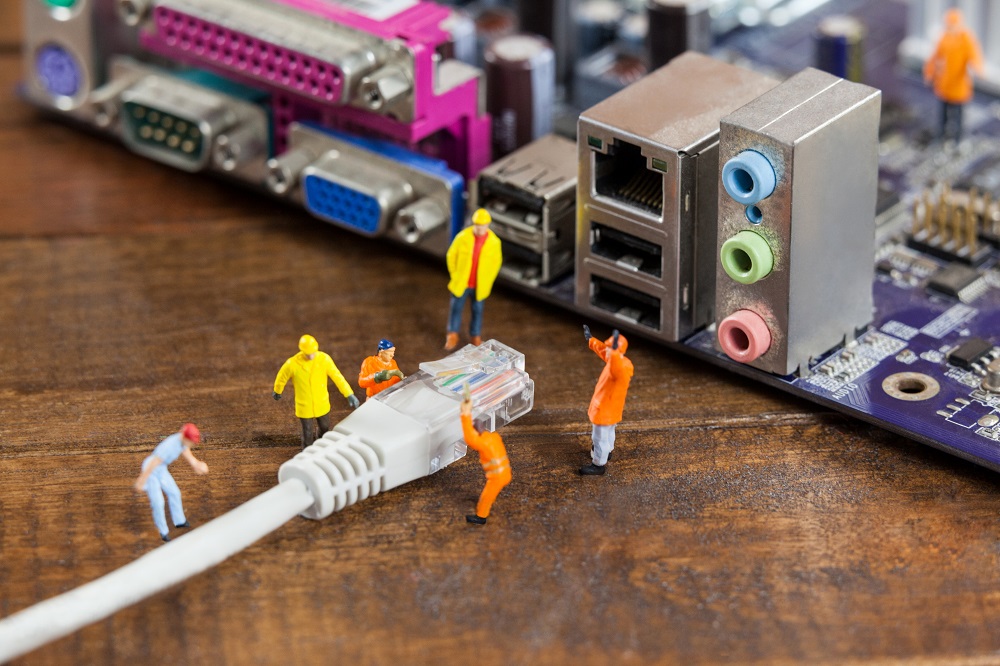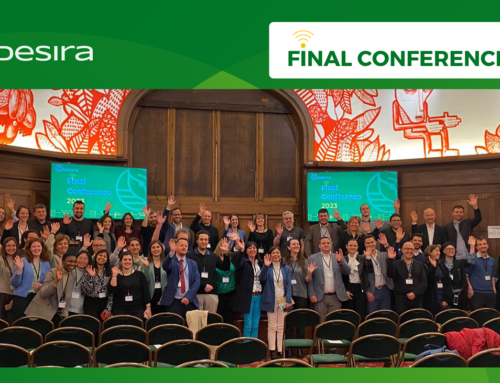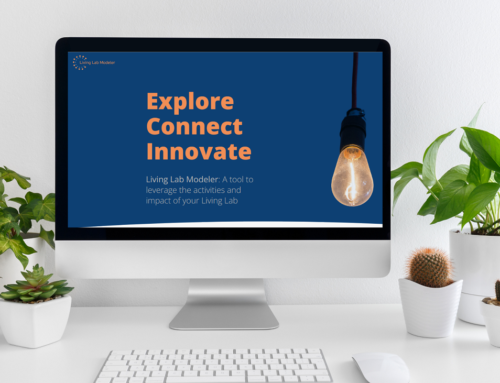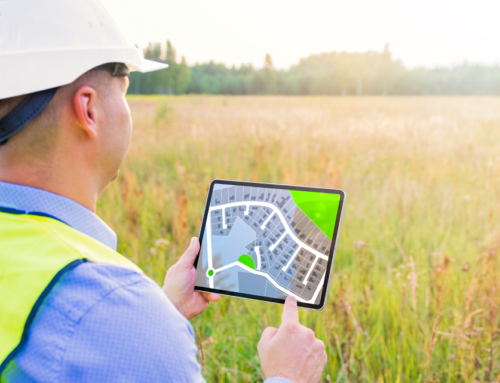Author: Kelly Rijswijk, Wageningen University & Research, The Netherlands
What do we mean when we talk about digitisation? What is the difference between digitisation and digitalisation? How is the digital transformation impacting agriculture, forestry and rural areas? In this short article, we attempt to give answers to these questions and others.
Digitisation can be described as transforming physical entities into digital objects or as described by Autio (2017), the “technical conversion of analogue information into digital form”. In the DESIRA proposal we have referred to digitisation as follows: “digitisation will allow remote (or even self-) control of production, processing and logistic operations”, summarising what digitisation can achieve. Other authors refer to digitisation as the third industrial revolution (Greenwood, 1997; Schwab, 2017), whereby the use of computers became commonplace during the 1960s and 1970s and automation replaced a lot of manual activities. Digitisation is thus often linked to a single or a low number of digital technologies implemented at business level.
In agriculture, forestry and rural areas, digitisation is often seen in the form of digital technology at the level of a single business or entity, thus focusing at on-farm level using (mainly spatial) data to feed decision support tools for farmers, such as milking and harvesting robots and other precision agriculture technologies (Klerkx, Jakku, & Labarthe, 2019).
Following the rise of the internet during the 1980s and 1990s, and the increased connectivity this brought, more coordination and integration between activities could take place (Porter & Heppelmann, 2014). While this process of automation and increasing connectivity is still ongoing, the next wave of digital technology has introduced itself (Porter & Heppelmann, 2014) and is often referred to as the fourth industrial revolution (Schwab, 2017), Industry 4.0 (Meyer, 2019; Sommer, 2015), or Smart Industry (Team Smart Industry, 2014). This also impacts agriculture, forestry and rural areas (Poppe, Wolfert, Verdouw, & Verwaart, 2013).
Through everyday connectivity, the use of sensors for (big) data collection, many technologies have become ‘smart’ and are able to communicate autonomously leading to the Internet of Things and Artificial Intelligence (see for example Alm et al., 2016). These types of technologies and the process of using and implementing digital technologies in everyday life require, however, more than only a technical conversion. Digitalisation is the term often used to describe the socio-technical processes surrounding the use of (a large variety of) digital technologies that have an impact on social and institutional contexts that require and increasingly rely on digital technologies (Tilson, Lyytinen, & Sørensen, 2010). In agriculture, forestry and rural areas, digitalisation it thus goes beyond the level of a single business or entity, for example using digital platforms to coordinate demand and supply in value chains, linking on- and off- farm data and managements tasks, which are enhanced by context- and situation awareness and triggered by real-time events (Rose & Chilvers, 2018; Wolfert, Goense, & Sørensen, 2014). It is therefore often referred to as ‘Smart farming’, ‘Smart Forestry’, ‘Smart Rural Development’ and ‘Smart rural areas’, as well as concepts such as digital agriculture and Agriculture 4.0 (Klerkx et al., 2019; Klerkx & Rose, 2020; Müller, Jaeger, & Hanewinkel, 2019; Naldi, Nilsson, Westlund, & Wixe, 2015; Watanabe, Naveed, & Neittaanmäki, 2018). Thus precision agriculture can be seen as an on-farm digitisation process whereas digital agriculture is linked to digitalisation, encompassing the entire value chain with the intent to cause broad change in the agricultural sector.
Both digitisation and digitalisation are considered here as part of digital transformation, allowing for a spectrum of digital transformation activities, whereby over time the options of digital technology use, the associated complexity (i.e. interactions between the various aspects, such as [digital] technology, institutions, people & organisations, environment, etc.) and their related, either positive or negative, impacts on society continuously increase (see Figure 1). Digitisation in this figure can be seen as a crucial part, or step in the direction of digitalisation, as the use of digital technologies often induces social, economic and institutional changes. And vice versa, social, economic and institutional changes in society result in a demand for the development of digital technologies. This is leading to an ongoing and iterative process (Nochta, Badstuber, & Noura, 2019).
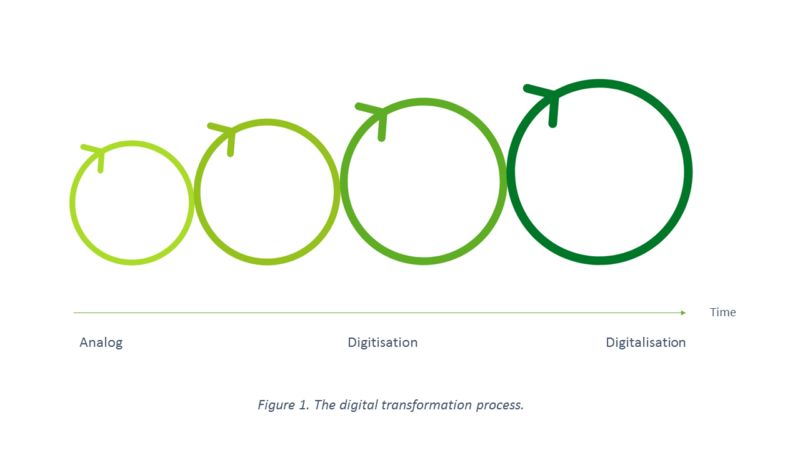
Photo credits: awesomecontent/Freepik

